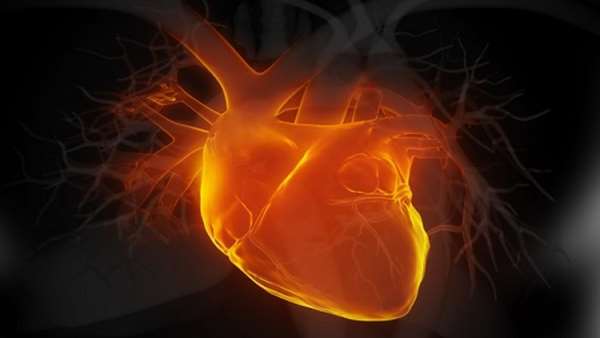Building a new strategy for treating heart failure using Induced Pluripotent Stem Cells
Although cell therapy using myoblasts, bone marrow cells, or other stem cells appears to improve functional recovery of the failing heart, mainly by cytokine paracrine effects, its effectiveness in severely damaged myocardium is limited, probably because there are too few residual myocytes to promote cytokine-induced angiogenesis.
Although cell therapy using myoblasts, bone marrow cells, or other stem cells appears to improve functional recovery of the failing heart, mainly by cytokine paracrine effects, its effectiveness in severely damaged myocardium is limited, probably because there are too few residual myocytes to promote cytokine-induced angiogenesis. Recently, cardiogenic stem cells, such as c-kit-positive cells, were reported to generate cardiomyogenic lineages, and basic research experiments showed that implanting these cells, which can differentiate into cardiomyocytes, improves heart function.
However, this functional recovery may have also mainly depended on cytokine paracrine effects, because the differentiation to cardiomyocytes in vivo was poor. In contrast, while Induced Pluripotent Stem Cell-derived cardiomyocytes have paracrine effects, they also have the potential to supply newly born myocytes that can function synchronously with the recipient myocardium as "mechanically working cells" in severely damaged myocardium. Thus, they could represent a "true" myocardial regeneration therapy that can actually regenerate severely damaged myocardium. In addition, iPS cells, especially disease-specific iPS cells, have other applications in regenerative medicine such as in drug screening. In this report, we present the state of basic research in the field of cardiac iPS cells.
Reference:https://www.journal-of-cardiology.com/article/S0914-5087(18)30133-3/fulltext





ارسال به دوستان